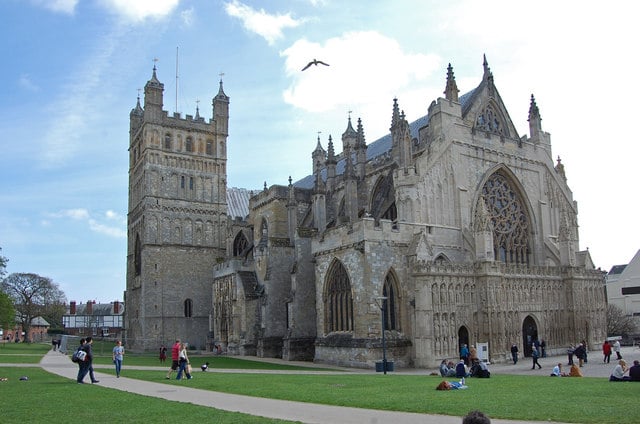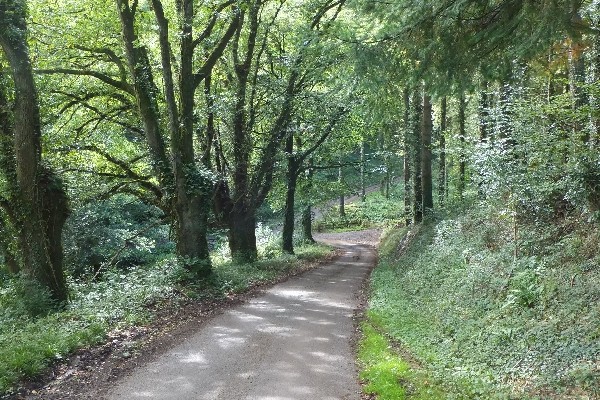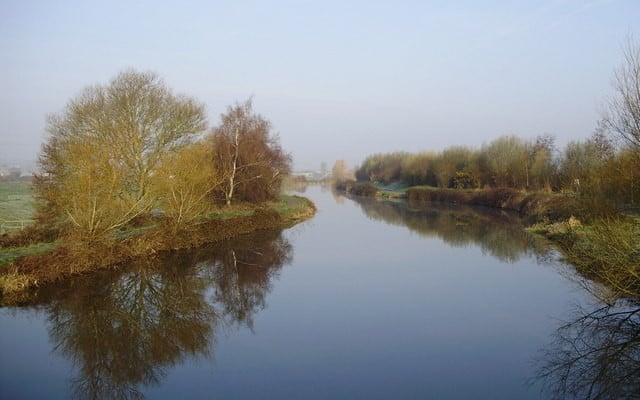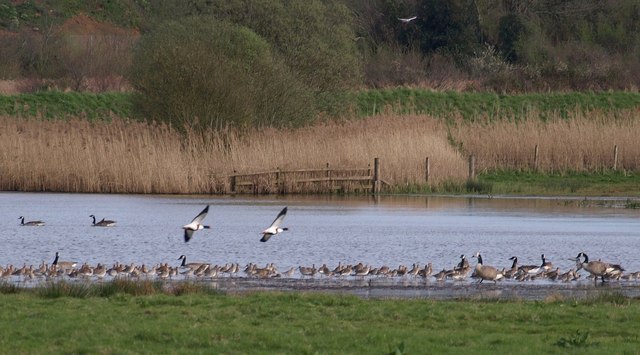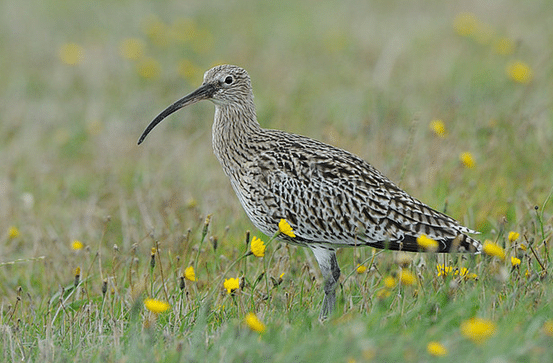Interesting information
The early Roman construction makes use of purplish-grey volcanic lava of Permian age (known as trap), which was partly quarried from the site of the Rougemont Castle. In the Middle Ages, repairers used red sandstone or Heavitree Breccia (Permian age), again found locally. Slates and white sandstone can also be seen, possibly even stone left from the building of the Cathedral.
Exeter Cathedral is magnificent and there are claims that it possesses the most varied geology of any British cathedral. Materials from over 20 different quarries, many local, were used in its construction.
The outer and inner Cathedral walls are made of Salcombe Stone, a sandstone quarried from Salcombe Regis in east Devon. Between these walls is a loose filling of the same volcanic trap found in the City walls. Chalk mines at Beer in east Devon were worked to provide stone for use in some of the sculptures, as can be seen on the impressive image screen at the front of the building. Further local geology can be seen inside. The pillars supporting the Patteson Pulpit are made of a Devonian limestone that can take a polish, and which have been deformed by earth movements, meaning that some of the corals within it appear elongated.
